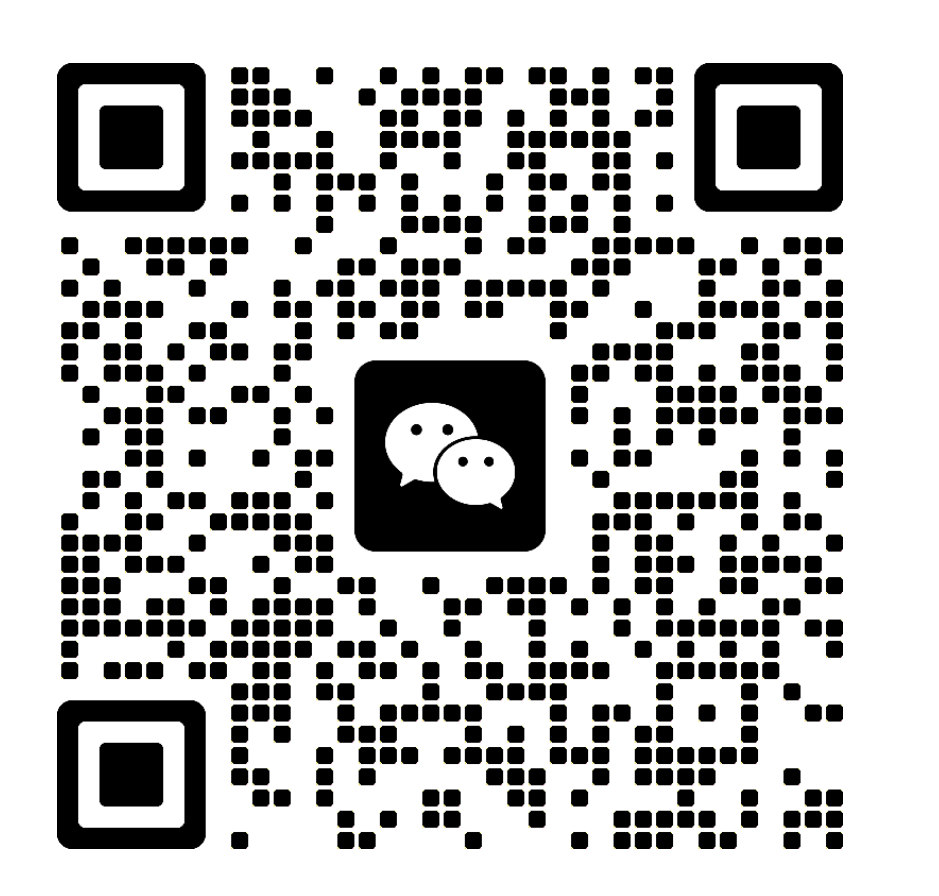Packaging cushioning material refers to the protective material used to absorb the energy generated by external forces during the transportation of packaged goods, preventing the products from damage caused by impact and vibration. This range of materials is extremely broad, including both natural and man-made materials, but generally using elastic materials with high compression and rebound performance.
Paper cushioning packaging material - corrugated paperboard cushioning packaging material, with its excellent cushioning performance and environmentally friendly features, has been widely used and become a hot research topic in modern cushioning packaging materials.
Suppressing "white pollution" and advocating "green packaging" is the main topic in today's world. People pay more and more attention to the research and development of environmentally friendly packaging materials, and replacing wood and plastic with paper is one of them. Corrugated paperboard is currently the most commonly used paper packaging material in the market, and plays a very important role in the packaging industry. It not only has certain cushioning and compression resistance performance, but also has the advantages of low cost and recyclability. In order to better utilize corrugated paperboard, it is necessary to study and develop its various properties and new structures.
Corrugated board, also known as corrugated fiberboard, is a multi-layer adhesive material consisting of at least one layer of corrugated medium (commonly called "fluted paper" or "corrugated paper") and one layer of linerboard. It provides high mechanical strength and can withstand the impact and falls during transportation. Its actual performance depends on three factors: the characteristics of the medium and linerboard, and the structure of the carton. By changing the layers of the medium and linerboard, as well as the shape and size of the corrugation, we can obtain different types of corrugated board. It has the advantages of good environmental performance, wide temperature range, low cost, easy availability of raw materials, mature production technology, and good processing performance. However, its disadvantages include poor flexibility and rebound.
For inner packaging, three or five layers of corrugated board can be directly used as cushioning pads. Meanwhile, it can be made into various shapes of gaskets, washers, partitions, liners, corner and edge protectors, etc.
A new type of corrugated board and multi-layer paper core composite panel developed by the Resource and Environment College of China Agricultural University has been successfully used to make container pallets. The multi-layer paper core composite panel not only has strong bending resistance but also has flame retardant, waterproof, lightweight, thermal insulation, soundproofing, and other characteristics after special treatment.
Corrugated board originated in the late 18th century and saw significant growth in the early 19th century due to its light weight, low cost, extensive use, simple production process, recyclability, and even reuse. By the early 20th century, it had been widely promoted and applied for making packaging for various commodities. In competition with other forms of packaging materials, corrugated board has achieved tremendous success and has become an indispensable part of packaging production.
 Newsletter
Newsletter +86 -18039135891
+86 -18039135891
 annyzvv@163.com
annyzvv@163.com
 Address: 95 North of Jingsan Rd, Jinshui Dist, Zhengzhou,China
Address: 95 North of Jingsan Rd, Jinshui Dist, Zhengzhou,China
 IPv6 network supported
IPv6 network supported 



